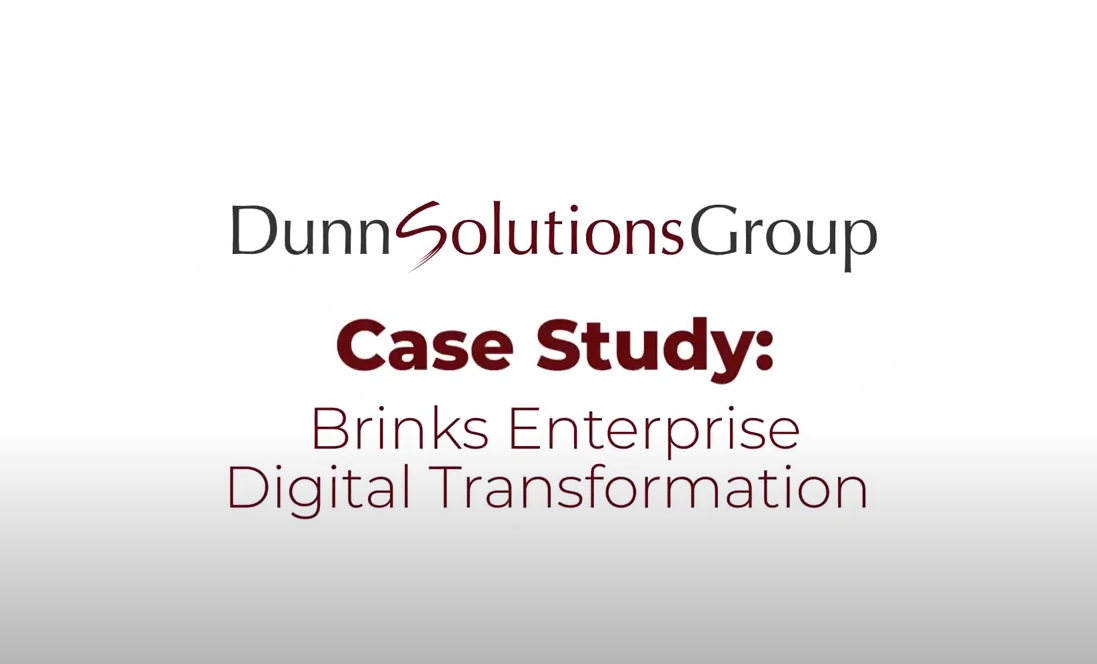This course will prepare you to:
Explain the overall processes and functions for vertical fashion companies covered by SAP S/4HANA for fashion & vertical business.
Use the application creating the master data and running transactional business processes
Application Consultant
Business Analyst
Business Process Architect
Business Process Owner/Team Lead/ Power User
Enterprise Architect
Executive
Help Desk/CoE Support
Industry Specialist
Program/Project Manager
Solution Architect
User
- Essential
- SAP129 – SAP Navigation (or similar)
- Extensive experience with Retail and/or Wholesale business processes
- Course Introduction
- Describe the specifics of the vertical fashion businesses and
- current challenges
- Explain the overall business process overview
- Describe the overall SAP solution and its architecture
- Master Data
- Map the organizational structures of the enterprise
- Outline the features of the material group hierarchy
- Describe the features of the article hierarchy
- Explain how the master data records for vendors and customers are structured in SAP S/4HANA for fashion & vertical business
- Explain the difference between the different business partner categories and roles
- Distinguish between the plant categories "distribution center and "store"
- Create variant-creating characteristics
- Specify characteristic values and maintain characteristic value conversions
- Create a new material master
- Describe the features of material type and material categories
- Outline reference handling within material master data
- Identify some specific material master data relevant for SAP S/4HANA for fashion & vertical business
- Outline the definition of assortment and listing
- Core Concepts
- Explain the difference between logical a physical segmentation
- Name some examples for segmentation
- Create characteristics for segmentation
- Set up segmentation
- Outline where in the material master segmentation is relevant
- Consider all aspects concerning season
- Create purchasing and sales windows on different levels within season workbench
- Explain season determination in documents
- Perform season mass processing
- Learn about the overall structure of functionality that belongs to the advanced ATP.
- Explain in more details how availability is determined during order creation
- Explain the concept of backorder processing
- Explain, how demand selection and sorting is performed in BOP
- Explain, which SAP Fiori Apps are available for BOP set up and execution
- Explain, how the results of a BOP run can be evaluated
- Run and monitor backorder processing
- Describe the concept of product allocation (PAL) in the framework of advanced ATP
- Explain the SAP Fiori apps, needed to use PAL
- Planning
- Describe the material requirements planning (MRP) process within SAP S4HANA fashion & vertical business
- Outline the purpose and usage of MRP
- Create and maintain object Planned Independent Requirements (PIR)
- List elements of MRP planning
- Explain MRP enhancements for segmentation and supply assignment (ARun)
- Maintain corresponding master data settings
- Execute MRP
- Analyze the results from MRP
- Purchasing
- Outline the importance of the source of supply determination in the overall process
- Outline the purchasing process
- Explain purchase order functionalities
- Explain purchsing contracts
- Explain and create flexible purchasing contracts
- Outline the subcontracting process
- Create subcontracting purchase orders
- Wholesale Sales
- Explain the most important features of an SAP sales order
- Name the enhancements of SAP S/4HANA for fashion & vertical business which can be used in a sales order
- Describe the basic features of the available to promise check ATP
- Name preceding and successor documents of sales orders
- Explain the sales document overview feature
- Explain the main components of the purchase-to-order handling in SAP S/4HANA for fashion & vertical business
- Explain the main components of the third-party order handling
- Name the four main steps of customer consignment
- Explain the features of a rush order
- Explain features of fashion contracts in SAP S/4HANA for fashion& vertical business
- Explain multi ship-to order
- Explain features of this special fashion functionality
- Merchandizing Distribution (Retail Allocation)
- Describe the overall process of retail allocation
- Create allocation tables in reference to purchase order and from the available stock
- Elaborate on the functionalities available for managing the allocations
- Execute the follow-on process steps of retail allocation
- Elaborate on the functions in the area of collective purchase orders
- Create the collective purchase order
- Explain the retail specific merchandise distribution concept
- Inbound Logistics
- Describe inbound processing processes
- Explain what a movement type is
- Explain valuation in case of stock segmentation
- Explain scenarios in inventory management
- Explain the stock overview
- Explaining special stock types in inventory management
- Explain the vendor consignment scenario
- Explain invoice verification, online and in the background
- Logistics Execution
- Explain supply assignment basics
- Check release in in the insight to action (ITA) tool
- Other features of the insight to action (ITA) tool
- Explain the supply assignment drop report
- Perform supply assignment cross settings
- Undo supply assignment
- Perform supply assignment in subcontracting
- Explain the most important features of an outbound delivery
- Name the enhancements which can be used in an outbound delivery
- Name preceding as well as successor documents of outbound deliveries
- Explain the results of the goods issue
- Billing
- Explain the most important features of an invoice
- Name the enhancements of SAP S/4HANA for fashion & vertical business which can be used in an invoice
- Explain the document flow to FI
- Price Management
- Outline the elements of the condition technique within SAP
- Explain price determination in sales orders
- Describe price determination in purchase orders
- Describe retail pricing functionality
- Explain 1- and 2-Step price calculations
- Outline how to maintain different prices for different colors of the same generic material
- Value Added Service (VAS)
- Configure VAS types and procedures
- Configure VAS determination in sales documents and purchase orders
- Create VAS condition records
- View VAS in sales orders and purchase orders
- Create VAS manually in sales orders and purchase orders
- Application Variants
- Explain how the usage of application variants is enabled for sales and purchase orders
- Merchandizing
- Describe the function of promotion maintenance
- Explain how to set up a promotion
- Explain bonus buy
- Outline the subsequent processing functions within the promotion
- Explain the basic principles of the replenishment and store order functions
- Explain replenishment monitor and follow-on document generation
- Store Operations
- Describe the SAP In-Store Merchandise and Inventory Management
- (SAP In-Store MIM) solution and its functions
- Identify the benefits of SAP In-Store MIM and SAP Fiori for
- Retail In-Store Merchandising
Course based on software release:
SAP S/4HANA on premise edition 2021 FP00
Course notes and announcements:
The training SAP S/4HANA for fashion & vertical business, Overview transfers know-how of the fashion scenarios and features based on SAP S/4HANA for fashion & vertical business and prepares you to participate in project blueprint discussions. This course comes with a lot of hands- on to support the theoretical lessons.
This is a SAP CERTIFIED Course. Your course will include Full Class Delivery of the comprehensive standard SAP curriculum agendas, SAP Certified Instructor, Demonstration and Presentation, Student Hands on exercises, Access to SAP Hosted servers/training environment, and SAP Certified participant guides.
With virtual live classroom training you get comprehensive training from SAP experts using seamless over-the Web connectivity. The same content delivered in SAP's traditional "brick and mortar" classrooms is presented during virtual live classroom deliveries. As in SAP's traditional classrooms, SAP virtual live classroom stresses hands-on learning providing each registered student with exclusive access to live SAP systems throughout each course. Each Virtual Live class is taught by a SAP Certified Instructor and will include an e-book student guide for you to download and keep. CPE Credits are currently available only for publicly scheduled courses delivered live at SAP locations and our Authorized Education Partner locations. CPE Credits are not available for virtual live classroom sessions.
Not finding any suitable dates? Contact us for additional available dates: training@dunnsolutions.com



